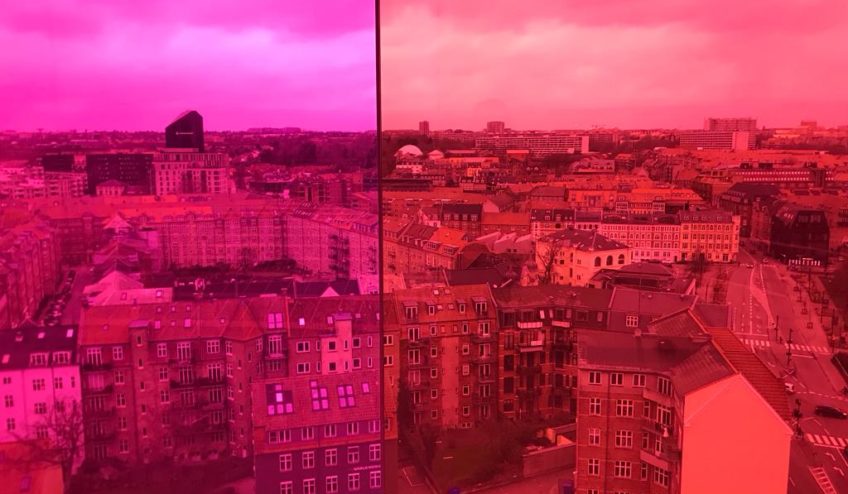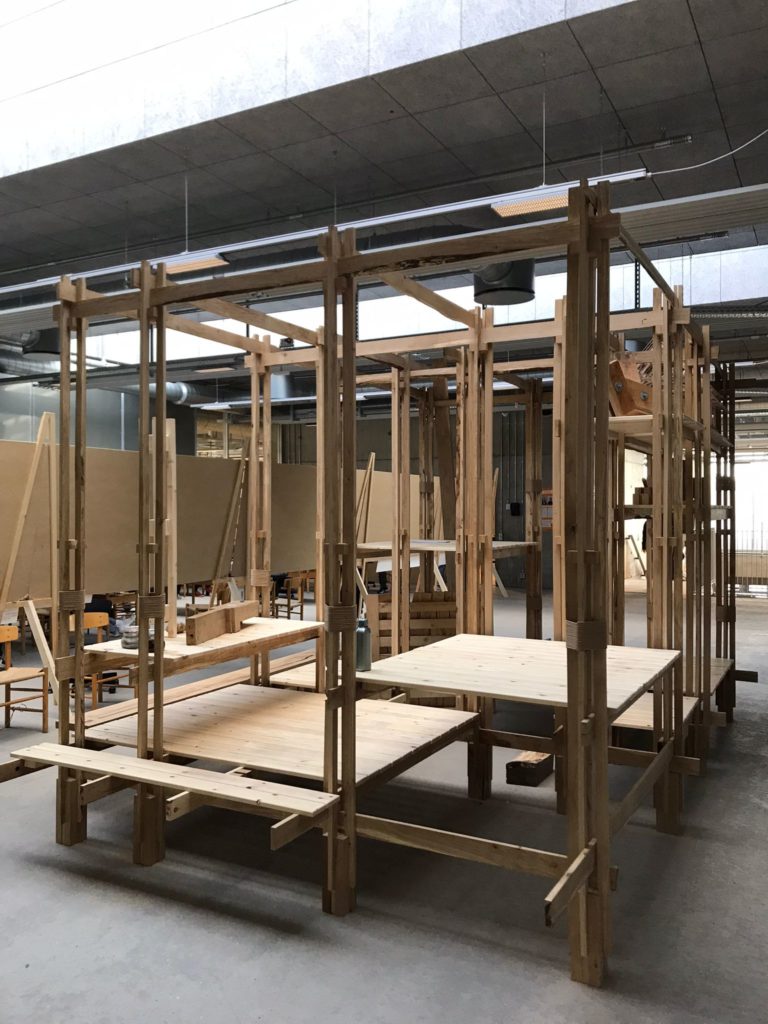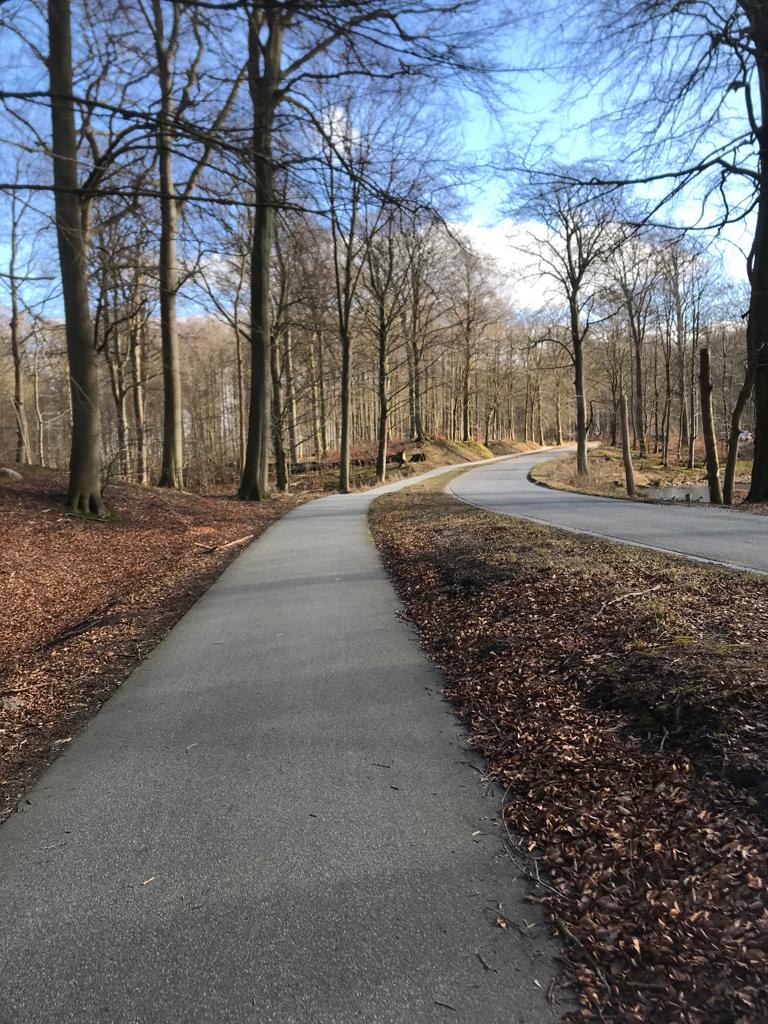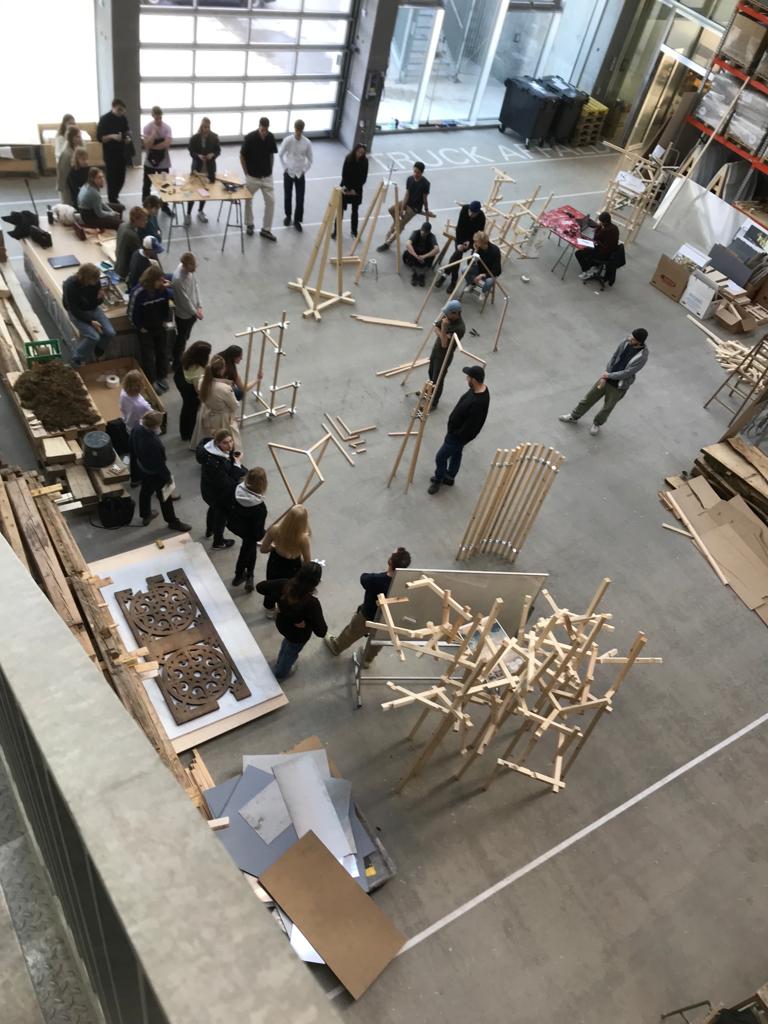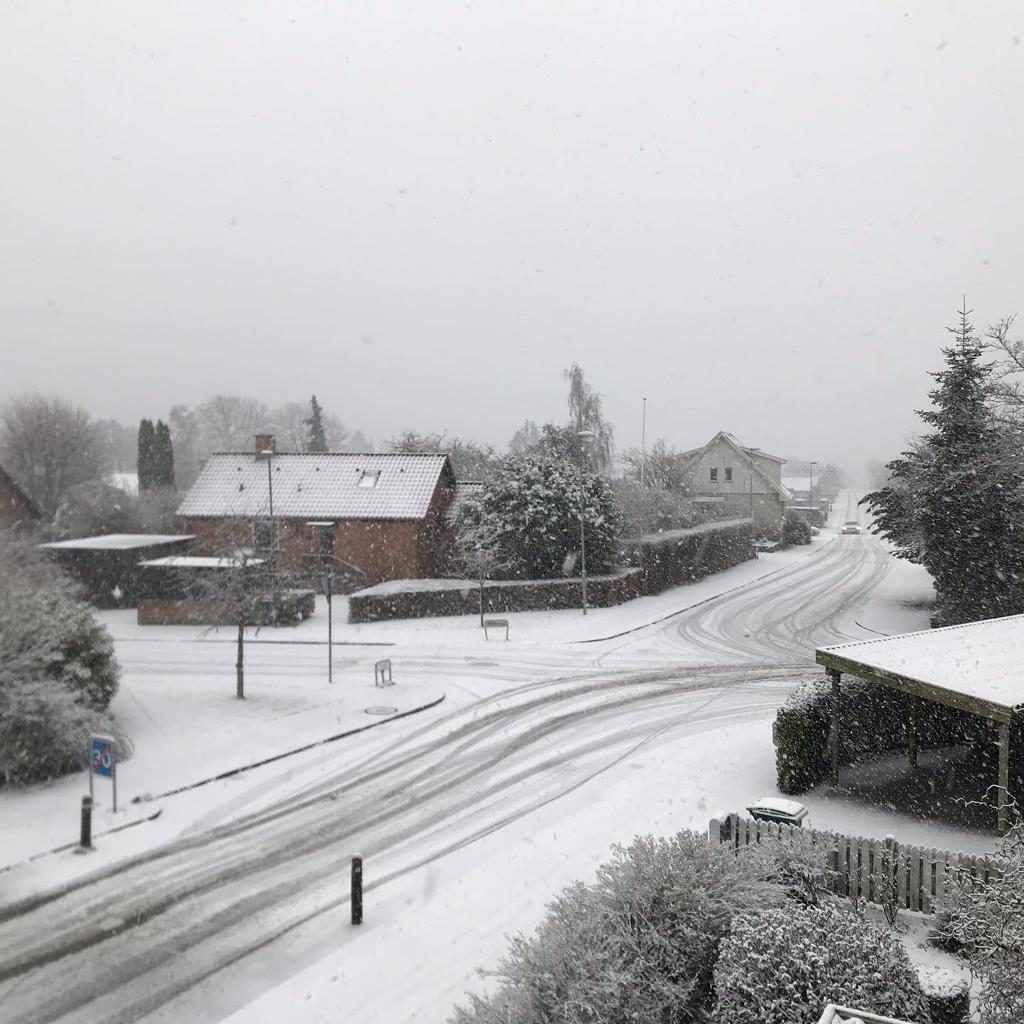(*The title of an awful literary exercise we were assigned last week. Unclear assignments aside, Denmark is treating me well)
Maybe it is because of the fantasy worlds I experience through books, films, shows, or games but I find that travel in outside Ireland reinforces my perception of the similarities. We all live in roughly the same kinds of places, the differences that are so talked about are mostly nuances of history and culture. This is in my mind mainly because of something I read this morning. It referred to Hugo Haring, an architect and theorist, and explained a core idea of his quite clearly:
“Function he felt, was derived from nature and life whereas expression came from the human intellect. Functional forms are the same throughout the world and history, while expressive forms are bound by [blood and knowledge] and thus dependent on time and place.”
(There is potential for an interesting discussion on the place of divine creation and control in all of that, but I don’t really want to bother starting that right now.) What has interested me is noticing nuances, seeing differences that I find meaningful in some way, and taking a moment to consider them.
I could describe the general directness here, in both communication and attitude, or the unity or practicality of society. But, in the spirit of the premise I’ve set out, I think I’ll focus on only the specific examples I can think of (partially because my mind is rapidly going blank).
I’m staying in a house about 15 minutes cycle from the centre of a fairly medium-sized city, the area is clearly a suburb. Moving through it I can easily see the pattern of development and, when rushing, it seems very similar to any number of estates in Ireland. Except that any house you look at is nothing like its neighbours. Each plot has its own, unique, design, and this is true in the centre also. Rows of terraced buildings, each at least four stories tall, seem to always change (sometimes drastically) every four to six meters. Of course, there are exceptions to this pattern of development, but it seems encouraging that a culture of design is fostered in such a way.
One nuance that surprised me the most came from the college I’m studying at. The architecture school moved into a new building in 2021 and as such there are lots of nice, modern aspects to the building. The one that I find most worth sharing about is that all the toilets are unisex. All of the design considerations that have gone into making unisex toilet facilities work practically have actually made a much more pleasant space than the facilities I am used to. Simply: what’s private is made more private and what isn’t is just clear and functional. It all just makes more sense.
Communication initially was a stressful mess, but once I became comfortable with the aspects of the surroundings/environment that was unfamiliar to me I find that I can guess what passing comments people make even if I can’t understand the words. The context of interactions is rarely anything close to alien enough that I can’t guess what it’s about. Similarly, in the group of students who have all arrived here on Erasmus, all from different countries, cultures, languages, in searching for things to talk about we all find the same similarities.
We are all the same humans, living in the same place.
And it is made all the clearer by a sign I saw cycling the city:
“We are from Russia, and we stand with Ukraine” held aloft by a 7-year-old walking beside her Dad.

